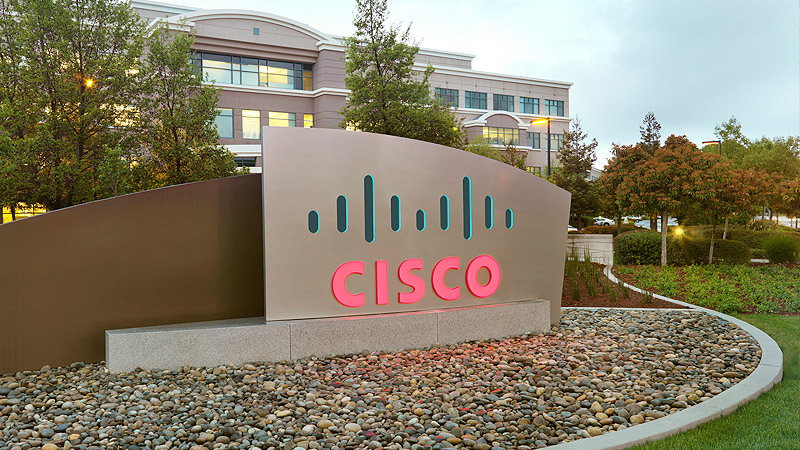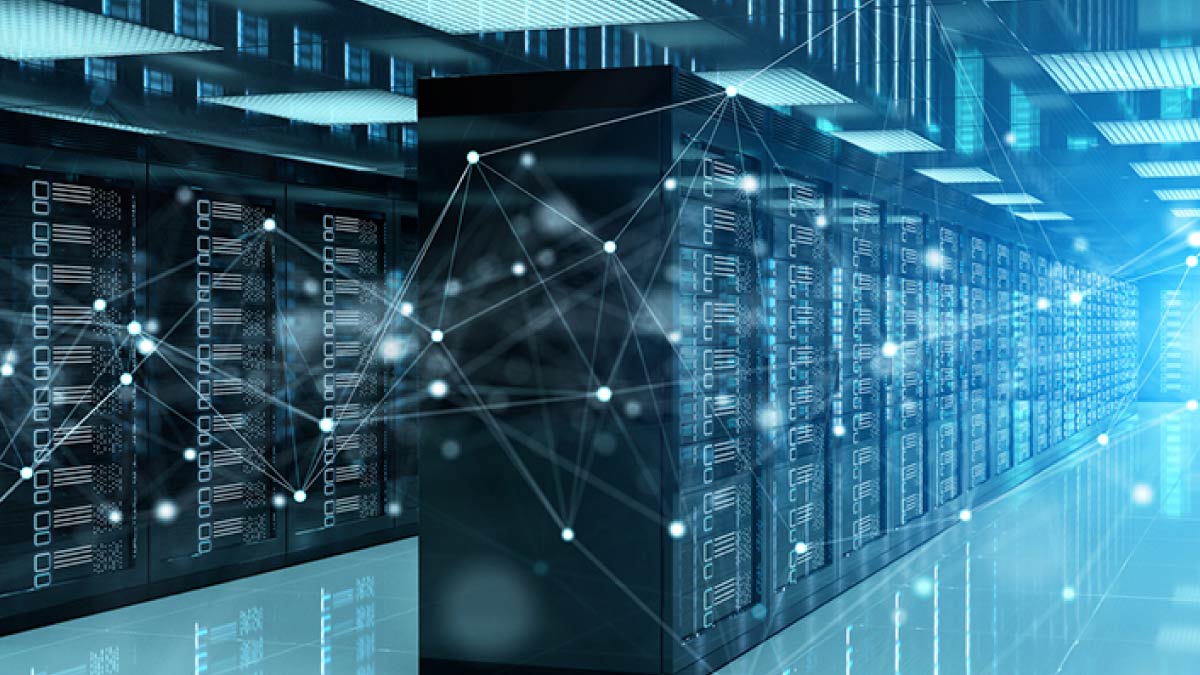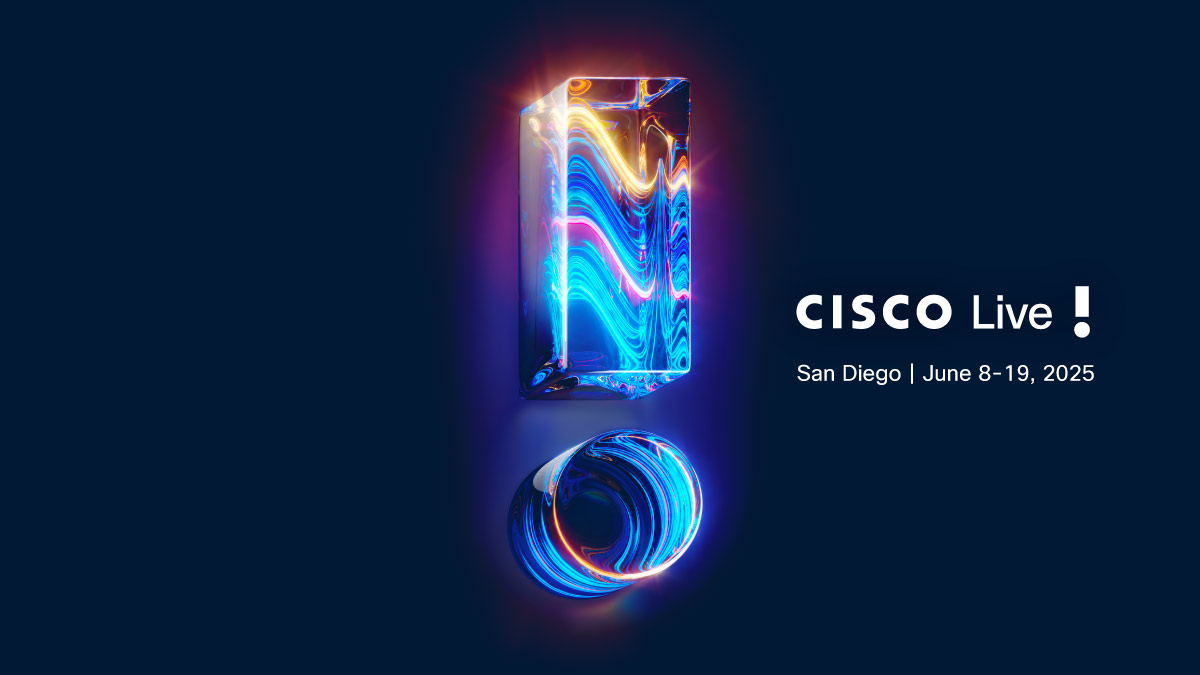SAN JOSE, Calif. – April 15, 2011 – Cisco today announced a new green data center in Allen, Texas, with an architecture deploying Cisco's entire data center technology portfolio spanning computing, switching, and data storage access to support Cisco's internal private cloud and deliver Information Technology (IT) as a service. The new data center demonstrates the value of a network-based approach through improved resilience, performance and use of resources, while delivering IT services such as video, mobility, security, and collaboration to Cisco employees, customers, partners, and other constituents.
In 2007 Cisco created a vision to deliver IT as a service and developed a long-range plan to deliver that vision through data center consolidation, virtualization, and cloud computing. Cisco's newest data center combines the best in environment-friendly facility design, green approaches to power and cooling, and an architectural approach optimized for virtualization and cloud computing, with the aim of delivering "everything as a service."
This next generation data center tightly integrates Cisco Unified Fabric, Unified Computing, and Unified Network Services into a holistic data center fabric designed to be simple, scalable and highly secure, delivering any application across any location, within the data center, across data centers, and to the cloud. Along with technology from key partners like EMC, NetApp, and VMware, the new data center is a showcase for Cisco solutions, including the Cisco Unified Computing SystemTM, Nexus 7000 Series switchesTM,Nexus 5000 Series switchesTM, Nexus 1000V Virtual SwitchTM, MDS storage networking switches, Data Center Network Manager and NX-OS, a comprehensive data center operating system that spans the Cisco data center portfolio.
Data Center "Metro Pairs" Deliver Business Resiliency
Cisco's new data center is paired with a second data center facility in Richardson, Texas to form what Cisco calls a Metro Virtual Data Center (MVDC). Together, the Active/Active data centers form a virtualized, dynamic IT services cloud, also serving as backup sites for one another. This enables both data centers to run real-time critical applications, such as WebEx, simultaneously in both places for world-class business resiliency.
Charting a Course to the Cloud
Cisco has plans to consolidate its data centers into three pairs of MVDC production data centers worldwide, which will serve as the building blocks for Cisco's private cloud – Cisco IT Elastic Infrastructure Services. Through its resilient private cloud, Cisco will deliver to employees, customers, partners, and other constituents IT services like video, mobility, security, and collaboration, while reducing costs for hardware, real estate, power/cooling, and operations.
The Cloud Makes Data Centers Greener
While energy-efficient buildings and smarter power and cooling solutions contribute to greener data centers, the technology that runs the data center can also make a huge contribution. For example, a Unified Fabric in the data center unites storage and data traffic, reducing the number of switches, adapters and cabling required, and therefore the power usage. Cisco saved more than $1 million on cabling in this facility, and fewer cables translate to increased air circulation so the equipment runs cooler and more efficiently. Cloud computing is forecast to cut worldwide data center energy usage by 38 percent in 2020, according to "cleantech" analysts at Pike Research. This could also cut greenhouse gases by 28 percent in 2020 compared to 2010.
HIGHLIGHTS
- The building was designed to withstand tornado winds up to 175 mph.
- Instead of hundreds of environmentally challenging batteries which are often used in older data centers, the uninterruptable power supply (UPS) room in the 5 megawatt data center (expandable to 10 megawatt) uses rotary flywheels, which require little energy to continue in motion and start the diesel generators in case of power loss.
- The data center is cooled by an energy-efficient air-side economizer design, which reduces the need for mechanical chilling by using ambient fresh air when the outside temperature is low enough. Cisco calculates the facility can use filtered, outside un-chilled air 56 percent of the time, saving the company an expected $600,000 per year in cooling costs, while contributing to its corporate green goals.
- A lagoon captures rainwater to irrigate the indigenous, drought-resistant landscape plants.
- Solar cells on the roof generate 100 kilowatts of power for the office spaces in the building.
- Cisco submitted the data center for Gold certification by Leadership in Energy and Environmental Design (LEED). Developed by the U.S. Green Board Council, LEED provides builders with a framework for measurable green building design, construction, operations, and maintenance solutions.
- Cisco's data center is designed to achieve a Power Usage Effectiveness (PUE) metric of 1.35. The PUE metric was developed by the Green Grid, an industry consortium, to specifically measure data center energy efficiency.
- In June 2008, Cisco committed to a corporate goal of a 25 percent reduction in its carbon footprint by the year 2012, taking advantage of its own technologies to help achieve that goal.
SUPPORTING QUOTES
- "Through use of our own technology, virtualization, and cloud computing, Cisco has built a highly productive and energy-efficient data center," said John Manville vice president of IT at Cisco. "In the future, I believe the IT industry will be able to measure energy usage against the productivity of the data center, helping us to determine business value delivered against resources consumed. That is where virtualization and cloud computing excel. Cloud computing has garnered a lot of attention for its efficiency and cost savings, but it also can have a highly positive impact on reducing energy consumption."
- "Our new data center showcases Cisco's innovation leadership and the data center architectural flexibility to deliver any application, in any location, and any scale in a secure and open manner," said John McCool, senior vice president, Data Center, Switching, and Services Group, Cisco. "Throughout our next generation data center portfolio, Cisco takes an evolutionary standards-based approach to provide the innovative products needed for highly virtualized data center and private cloud environments, while extending our customers' existing technology investments. Cisco's fabric-based architecture enables operational simplicity and reduces total cost of ownership."
- "As critical business assets, data centers today are undergoing rapid technology and architectural changes to meet and respond more rapidly to evolving business goals," said Soni Jiandani, vice president, Server Access and Virtualization Group, Cisco. "Innovative Cisco technologies like the Cisco Unified Computing System and Nexus product families are helping data centers transform into an agile and efficient networked environment that helps deliver information from any device to any content, anywhere, at any time."
SUPPORTING RESOURCES
- View interactive video on Cisco's new data center
- View videos on how Cisco built its newest data center in Texas
- Cisco Unified Computing website
- Cisco Data Center website
- Read Cisco Data Center blog
- Cisco Services website
Technorati Tags: Cisco, Data Center, Unified Computing System, Nexus, Global Data Center Strategy, Infrastructure-as-a-Service, Cloud, Consolidation, Virtualization, Cloud Computing, Metro Virtual Data Center.


